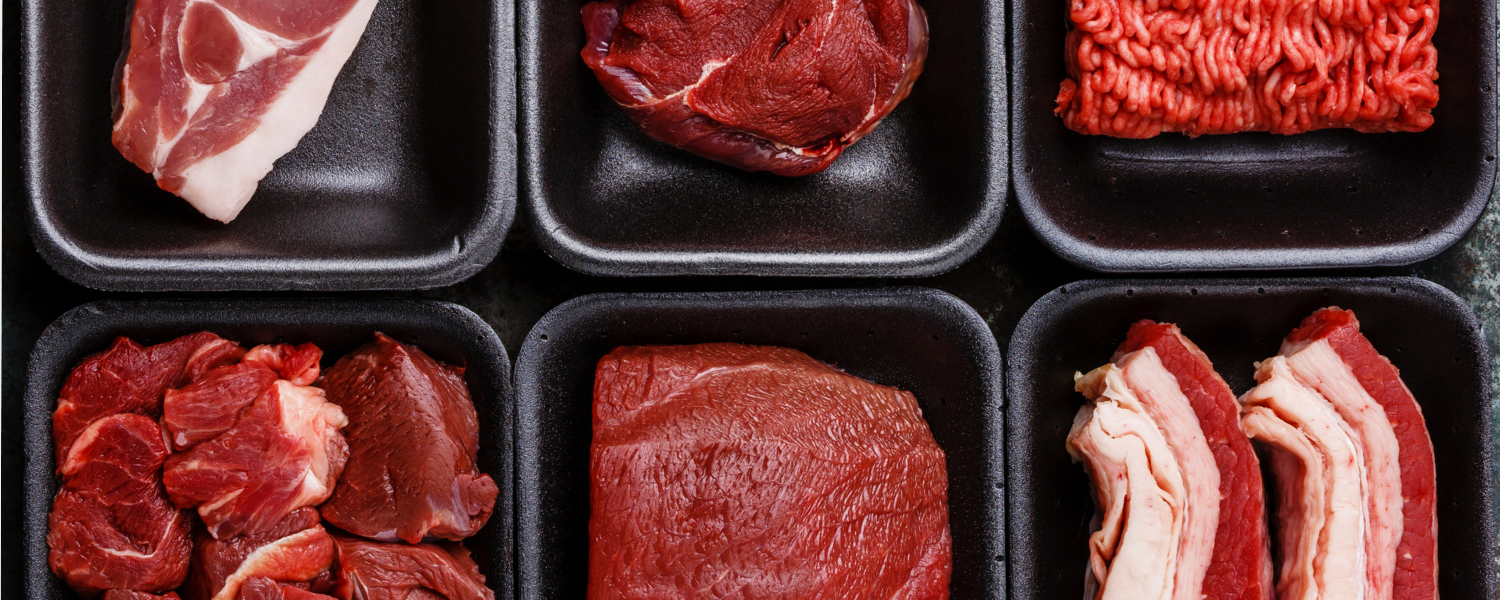The Rise of Subscription Models in CPG (and How to Implement Them)
By: Lindsay Toth
Subscription services are no longer just for streaming platforms and meal kits—they’re revolutionizing the consumer packaged goods (CPG) industry. Companies like Blue Apron, ButcherBox, and Trade Coffee have proven that subscriptions aren’t just a trend—they’re a powerful business model that drives long-term growth.
For CPG companies, subscriptions make sense. Consumers increasingly seek convenience, discovery, and premium experiences, all of which subscription models deliver. Whether you sell coffee, snacks, meal kits, or specialty foods, there’s a subscription strategy that can work for your business.
Why CPG Brands Are Embracing Subscriptions
The appeal of subscriptions lies in their ability to turn occasional buyers into long-term customers. Instead of relying on one-time purchases, brands can lock in recurring revenue while deepening relationships with their audience.
Here’s why more CPG companies are adopting this model:
Steady Cash Flow: Subscriptions provide predictable income, making it easier to forecast revenue and manage inventory.
Higher Customer Lifetime Value (LTV): Subscribers tend to spend more over time compared to one-time buyers.
Direct Consumer Relationships: By selling through subscriptions, brands reduce reliance on third-party retailers and gain valuable first-party data.
Lower Marketing Costs: Retaining existing customers is cheaper than constantly acquiring new ones.
Different Types of CPG Subscription Models
Not all subscriptions are the same. The best model for your brand depends on your product, audience, and business goals. Here are the most common approaches:
Replenishment Subscriptions: Ideal for everyday essentials like coffee, vitamins, or pet food, this model ensures customers never run out of their favorite products. Amazon’s "Subscribe & Save" program is a prime example.
Curated or Discovery Boxes: Popular in beauty, food, and lifestyle niches, these subscriptions deliver a rotating selection of products. Brands like Birchbox and FabFitFun use this model to introduce customers to new items.
Membership or Exclusive Access: Some brands offer premium subscriptions that include early product releases, limited editions, or members-only discounts. Wine clubs and specialty food brands often use this strategy.
Hybrid Models: Many companies combine subscriptions with one-time purchases. For example, a snack brand might offer a monthly subscription but also allow customers to buy individual items.
How to Launch a Subscription Model for Your CPG Brand
If you’re ready to explore subscriptions, follow these steps to ensure a smooth rollout:
1. Choose the Right Model
Start by assessing your product and customer base. Is your product something people use regularly? A replenishment model might be best. If your products are more experiential, a curated box could be the way to go.
2. Set Competitive Pricing
Subscriptions should offer clear value. Consider:
Discounts for subscribers (e.g., "Save 15% when you subscribe")
Flexible billing cycles (monthly, quarterly, etc.)
Free shipping or gifts to incentivize sign-ups
3. Streamline Logistics
Managing subscriptions requires reliable fulfillment. Look into:
Subscription management platforms like Recharge (for Shopify) or Ordergroove
Automated shipping solutions to handle recurring orders
Easy cancellation policies to reduce friction (and frustration)
4. Market Your Subscription Effectively
Once your subscription service is live, promote it through:
Your website: Highlight the benefits on product pages and your homepage.
Email campaigns: Target existing customers with special offers.
Social media: Share unboxing videos or testimonials from subscribers.
Overcoming Common Challenges
While subscriptions offer many benefits, they also come with challenges. Here’s how to tackle them:
High Churn Rates: Keep customers engaged with personalized recommendations and loyalty rewards.
Inventory Management: Use demand forecasting tools to avoid stockouts or overstocking.
Customer Hesitation: Offer a free trial or money-back guarantee to reduce risk.
Real-World Success Stories
1. ButcherBox (Premium Meat Delivery)
Model: Monthly curated meat selections
Why it works: Focuses on quality and convenience for home cooks.
2. Bokksu (Japanese Snacks)
Model: Themed snack boxes with cultural stories
Why it works: Combines food with storytelling.
3. Winc (Wine Club)
Model: Personalized wine selections based on taste quizzes
Why it works: Makes wine discovery fun and tailored.
Final Thoughts
Subscription models are transforming the CPG landscape, offering brands a way to build loyalty, increase revenue, and reduce reliance on traditional retail channels. The key is to start small, test different approaches, and refine your strategy based on customer feedback.
If you’re considering a subscription service for your brand, now is the time to act. Begin with a pilot program, gather data, and scale up as you learn what resonates with your audience.






